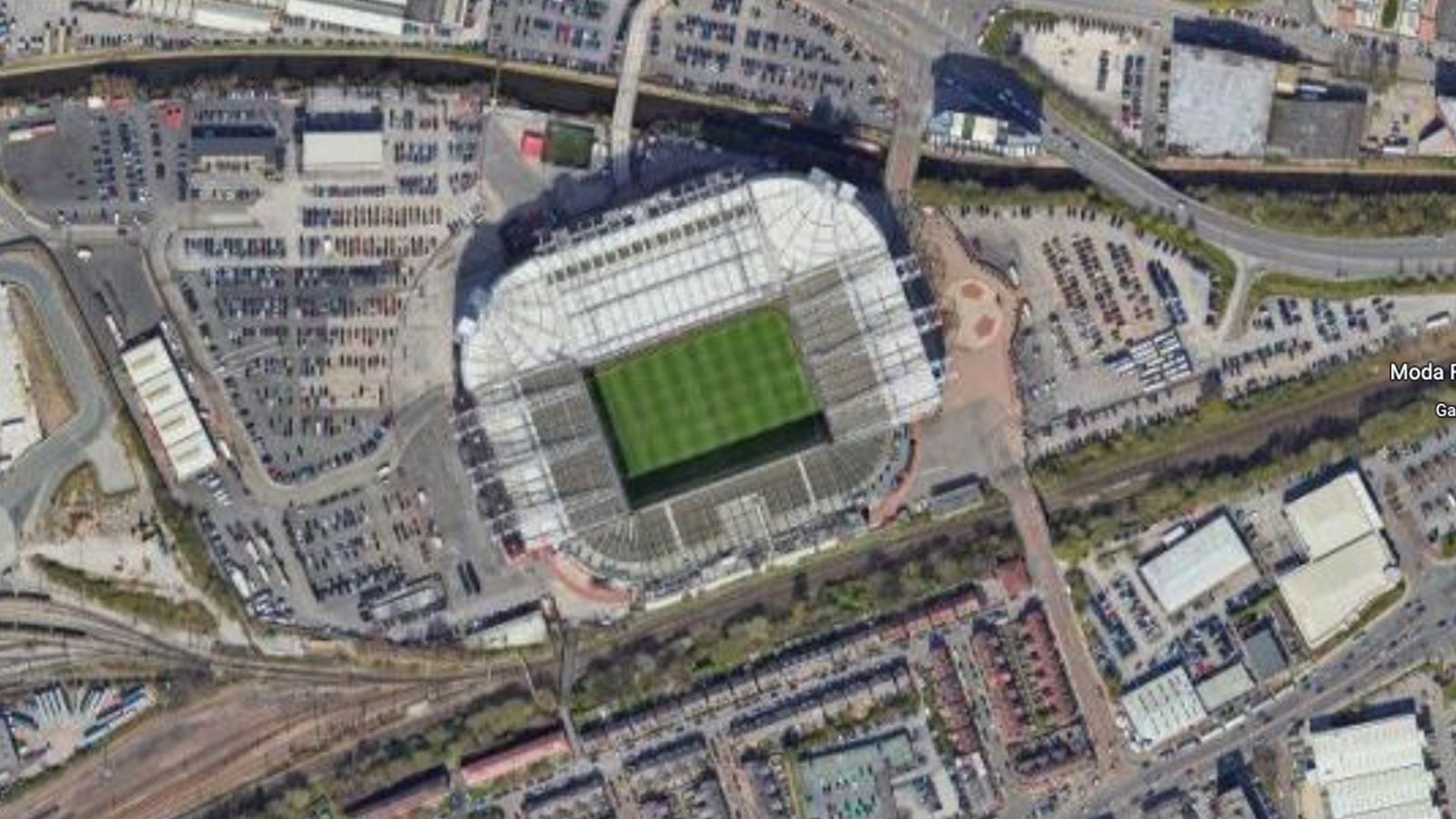
Manchester United's Future: The End of Old Trafford and the Dawn of a New Era
Big news for Manchester United fans! The club has officially announced plans to build a brand-new 100,000-seater stadium right next to the historic Old Trafford. This marks one of the most significant moments in the club’s long and storied history. But what does this mean for Old Trafford? Where will United play during construction? And just how much will this cost? Let’s break it all down.
First, let’s talk about Old Trafford. The stadium has been Manchester United’s home for an incredible 115 years. It has witnessed countless legendary moments, from title-winning celebrations to unforgettable European nights. However, it’s no secret that the stadium has aged, with complaints about outdated facilities, leaky roofs, and the lack of modernization compared to other elite stadiums around the world. The club’s co-owner, Sir Jim Ratcliffe, has acknowledged this, stating that while Old Trafford has served the club brilliantly, it has fallen behind the best venues in global sports. His vision is to preserve the essence of the iconic ground while moving forward with a state-of-the-art facility right next to it.
Also Read:- Supreme Court Rejects Trump’s Bid to Keep $2 Billion in Foreign Aid Frozen
- Emmerdale Icon Marlon Dingle Faces Possible Exit After 30 Years
Now, what does the new stadium look like? The architectural plans, led by the renowned Lord Norman Foster, reveal a breathtaking design featuring a massive, web-like structure supported by towering masts, making it the tallest building in Manchester at 200 meters. This new stadium would also become the second-largest football venue in Europe, trailing only Barcelona’s Camp Nou. The new Stretford End alone will hold over 23,500 fans, making it one of the most intimidating stands in world football.
But what happens in the meantime? United will continue playing at Old Trafford while construction is underway, meaning fans won’t have to worry about a temporary relocation. However, if any unforeseen changes occur, options like Manchester City's Etihad Stadium or even grounds in Liverpool could be considered.
The timeline for this massive project is expected to be around five years, although delays are always a possibility with such large-scale construction. The club’s strategy includes a modular building approach, which is designed to speed up the process by constructing key elements off-site and then assembling them at the stadium. This could potentially cut the construction time in half compared to traditional builds.
The big question: how much will this cost? Estimates suggest the project could cost around £2 billion. This is a significant investment, but one that aligns with United’s ambition to create the best football stadium in the world. Ratcliffe’s INEOS group has committed a large sum to infrastructure improvements, and while financing options are still being explored, public funding is reportedly not being considered.
There’s also the question of what the new stadium will be called. While some unofficial documents have referred to it as ‘New Trafford Stadium,’ nothing has been confirmed yet. Given modern football’s commercial landscape, there’s a strong possibility that naming rights could be sold, similar to Arsenal’s move to the Emirates.
One thing is certain: this is a historic moment for Manchester United. While saying goodbye to Old Trafford as we know it will be emotional, the promise of a world-class stadium, built to elevate the fan experience and secure the club’s future, is an exciting prospect. Change is never easy, but this is a step towards a new era for one of football’s most legendary clubs.
Read More:


0 Comments